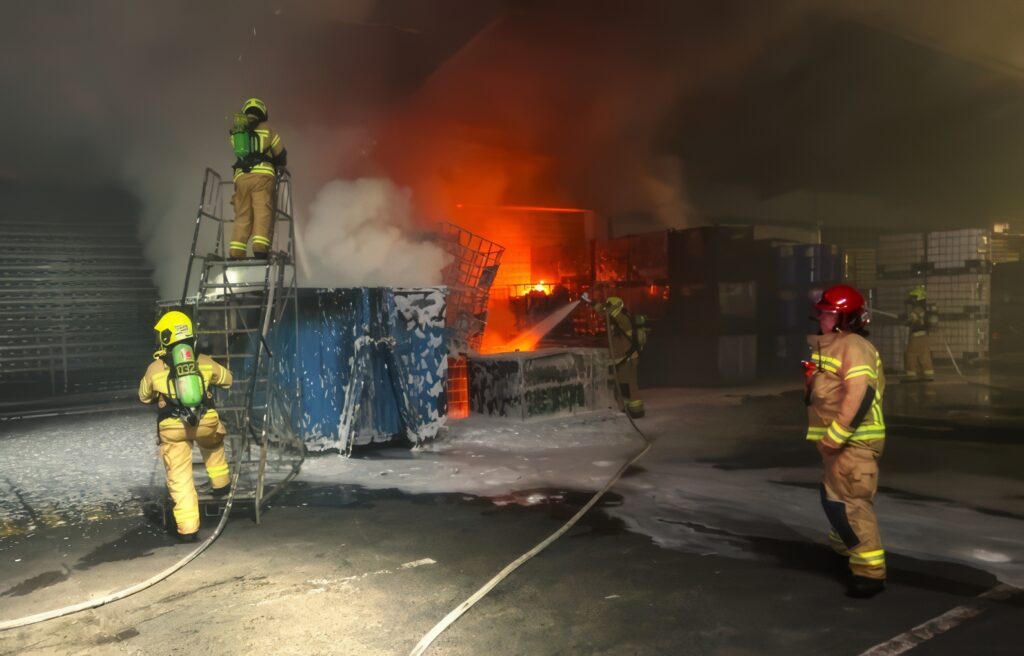Fire at NSW Recycling Plant Highlights Safety Issues
Fire at NSW Recycling Plant Highlights Safety Issues
Massive Fire at St Marys Recycling Plant Highlights Growing Safety Concerns in Waste Management Sector

Intro
On Tuesday, 4 February 2025, a catastrophic fire broke out at a commercial recycling facility in St Marys, a suburb in Western Sydney, sending plumes of thick black smoke into the sky and causing explosions that could be heard kilometres away. The blaze, one of the largest recycling facility fires in New South Wales in recent years, has once again drawn attention to fire risks in the waste and recycling sector and the challenges emergency services face when dealing with industrial fires involving hazardous materials.
Chronology of the Incident
At approximately 1:45 PM, Fire and Rescue NSW (FRNSW) received multiple emergency calls reporting a large fire at a recycling facility on Christie Street. Witnesses described seeing flames reaching up to 60 metres high, accompanied by loud explosions and billowing smoke visible across Sydney’s western suburbs.
Upon arrival, firefighters were confronted with an extremely dangerous and fast-developing situation. Gas cylinders stored on-site were exploding, and flammable chemicals were feeding the fire, creating a volatile environment. These explosions made it unsafe for firefighters to enter the structure immediately, forcing them to rely on external suppression techniques and aerial water drops to contain the blaze.
An 800-metre exclusion zone was swiftly established, and emergency evacuation protocols were activated. Nearby businesses and residents were evacuated, while those beyond the exclusion zone were advised to stay indoors and close all doors, windows, and air vents to avoid exposure to hazardous smoke. Emergency alerts were broadcast across local media and digital platforms to ensure the public was kept informed.
Emergency Response
The scale and complexity of the fire prompted an unprecedented response from FRNSW:
- Over 150 firefighters were deployed.
- 50 fire trucks and specialized firefighting vehicles were mobilized, including aerial ladder platforms and bulk water carriers.
- Hazardous Materials (HAZMAT) crews were dispatched to assess chemical risks and monitor air quality.
- Specialist drones equipped with thermal imaging cameras were deployed to provide real-time aerial assessments and assist in directing water streams towards the most intense fire zones.
The operation continued through the night and into the following day. By Wednesday morning, crews were still working to extinguish residual hot spots, with Superintendent Adam Dewberry confirming that the situation remained hazardous due to the structural instability of the facility and the potential for further explosions.
Injuries and Health Concerns
While there were no fatalities, the intensity of the fire placed firefighters under extreme physical strain. Several firefighters were treated for heat exhaustion, with one requiring hospitalization.
Local residents also expressed concerns about the potential inhalation of toxic smoke due to the burning of unknown chemicals and plastics. While air quality monitoring was initiated, residents were advised to seek medical attention if they experienced symptoms such as:
- Difficulty breathing
- Eye irritation
- Nausea
- Persistent coughing
The NSW Environment Protection Authority (EPA) later confirmed that hazardous substances had been released during the fire, and the risk of chemical contamination in the air and surrounding waterways was being closely monitored.
Underlying Causes and Safety Risks
While the cause of the fire is still under investigation, early assessments suggest that the presence of gas cylinders, flammable chemicals, and combustible materials contributed significantly to the speed and intensity of the blaze.
At this stage, lithium-ion batteries, a common cause of recycling facility fires in Australia, have not been identified as a contributing factor. However, battery-related fires remain a leading concern in the waste management sector. Batteries, particularly those from consumer electronics, can ignite spontaneously if damaged, overheated, or crushed. This risk is exacerbated in mixed-waste environments where batteries can end up in general waste streams, increasing the likelihood of combustion.
Pattern of Recycling Plant Fires in Australia
The St Marys fire is the latest in a series of recycling facility fires across Australia over the past decade, highlighting systemic safety challenges in the waste and recycling industry:
- Lithium-ion batteries have been implicated in numerous fires at material recovery facilities (MRFs) and e-waste processing plants.
- Improper storage of flammable materials and inadequate fire suppression systems have been identified as contributing factors in past incidents.
- High temperatures and dry conditions during the Australian summer further elevate fire risks.
Fire and Rescue NSW has reported over 100 fires annually at recycling plants across the state, while national figures suggest up to 10,000 battery-related fires occur each year in waste management facilities.
Regulatory and Industry Responses
The waste management industry and regulatory bodies have responded to the growing risk of facility fires with several key measures:
-
Improved Hazardous Waste Protocols
Recycling facilities are increasingly required to segregate flammable and hazardous waste from general recycling streams. This includes dedicated storage areas for batteries, gas cylinders, and chemicals. -
Investment in Fire Detection Systems
Advanced early fire detection technologies, such as infrared cameras and thermal sensors, are being integrated into high-risk facilities. These systems detect heat build-up before ignition and trigger automated suppression responses. -
Public Awareness Campaigns
State governments and industry groups are educating households and businesses on proper disposal practices, especially for batteries and gas canisters. Public drop-off points for hazardous materials have been expanded to prevent dangerous items from entering standard waste streams. -
Stricter Licensing Requirements
Operators seeking to establish new recycling facilities are subject to more rigorous fire safety assessments as part of their licensing under EPA and local council regulations.
Environmental Implications
The chemical runoff from the St Marys fire has raised concerns about potential contamination of local waterways and soil pollution. Industrial fires often lead to the release of:
- Heavy metals
- Hydrocarbons
- Dioxins and other toxic combustion by-products
The NSW EPA has commenced water sampling in the affected area to assess the impact on nearby creeks and stormwater systems. In previous incidents involving hazardous waste fires, long-term environmental remediation has been required, including:
- Soil excavation and disposal
- Water filtration systems
- Air quality monitoring for persistent toxins
Economic Impact and Business Disruption
Beyond the immediate damage to the recycling facility, the fire at St Marys is expected to disrupt local waste processing operations for months. The plant was a critical hub for industrial waste processing, and its closure will place strain on other recycling facilities in Sydney, potentially causing:
- Delays in waste processing times
- Increased transportation costs as waste is diverted to facilities further away
- Temporary reliance on landfill for certain waste streams
Insurance claims related to plant damage, business interruption, and environmental cleanup are anticipated to run into the millions of dollars, further highlighting the financial vulnerability of waste processing businesses to fire-related incidents.
Lessons and Future Outlook
The St Marys recycling plant fire serves as a stark reminder of the inherent risks associated with waste management operations. It underscores the need for continuous investment in fire safety infrastructure, hazardous materials management, and public education about proper waste disposal practices.
Looking forward:
- Stricter enforcement of waste handling regulations is likely.
- Increased funding for fire prevention technologies at waste facilities may be introduced.
- Collaboration between industry, regulators, and emergency services will be critical to developing robust emergency response protocols for high-risk industrial sites.
Ultimately, ensuring the safety and sustainability of Australia’s recycling sector will require a shared commitment from governments, businesses, and the public alike.


